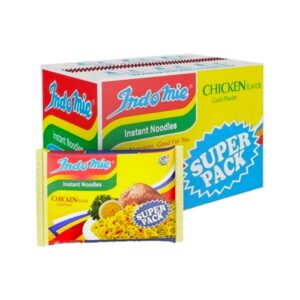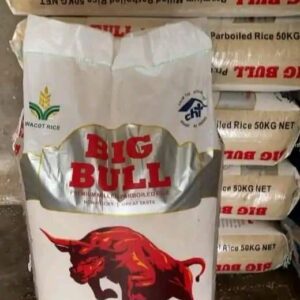Description
Wheat is a cereal grain and one of the most important staple crops in the world. It belongs to the genus Triticum, with the most commonly cultivated species being Triticum aestivum (common wheat), which is used to make bread, pasta, pastries, and many other foods.
Key Characteristics:
-
Plant Type: Annual grass.
-
Appearance: Wheat plants grow between 2 to 4 feet tall and produce slender stalks with long, narrow leaves. The grain is produced in dense spikes or heads.
-
Grains: Small, hard kernels that can be red or white, and either hard or soft depending on the variety.
-
Growth Cycle: Wheat can be categorized as spring wheat or winter wheat, depending on the planting and harvesting times.
Uses:
-
Food: Ground into flour for bread, pasta, noodles, cereals, and baked goods.
-
Animal Feed: Some wheat and its byproducts are used as livestock feed.
-
Industrial: Used in fermentation (e.g., alcohol production), and as a raw material in products like adhesives and paper.
Nutritional Value:
Wheat is a good source of:
-
Carbohydrates (mainly starch)
-
Protein (especially gluten, in many varieties)
-
Fiber, especially in whole wheat
-
Vitamins and Minerals, such as B vitamins, iron, and magnesium
Global Importance:
-
One of the top three grain crops globally (along with rice and maize).
-
Grown in temperate regions on every continent except Antarctica.
-
Major producers include China, India, Russia, the United States, and France.






